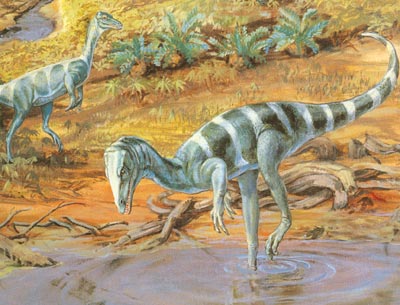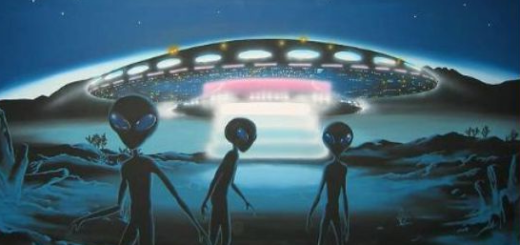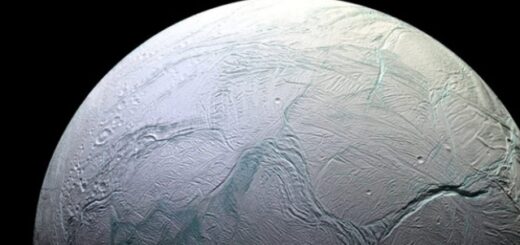Modern Dinosaur Discoveries

Beginning in the 1960s, a rising number of scientists turned to the study of dinosaurs as a career-despite the low pay. Also, more museums and universities developed dinosaur research programs. Since the ’60s, the number of known dinosaurs species has more than doubled, and our understanding of dinosaurs greatly increased.
The United States and Canada became home to the most vigorous dinosaur research in the world. The Tyrrell Museum of Paleontology in Alberta is located in the middle of a fertile dinosaur burial ground. Led by Philip J. Currie, Tyrrell researchers found bone beds that apparently were the remains of dinosaur herds. These provided information about growth changes, individual differences, disease, and herd structure.
John R. “Jack” Homer discovered hatchling duckbilled dinosaurs, dinosaur eggs, embryos, and nesting grounds in Montana’s Two Medicine Formation. One kind of egg belonged to a duckbilled dinosaur that he and Robert Makela named Maiasaura. Another egg was from a small ornithischian dinosaur that he and David B. Weishampel called Orodromeus. Horner also pioneered new techniques for examining dinosaur fossils, such as CAT-scanning the remains of dinosaur eggs to find embryos. Horner and his team found a Maiasaura bone bed that covered several square miles and contained the remains of at least 10,000 animals.
Farther south, in Utah and Colorado, the late James A. Jensen’s work left an enormous amount of material-enough to fill a warehouse. These included remains of the immense plant-eaters Supersaurus, Ultrasauros, and Dystylosaurus, the more modest-size herbivore Cathetosaurus, the carnivore Torvosaurus, and several others. One of Jensen’s most productive sites, the Late Jurassic Dry Mesa Quarry, yielded a six-foot-tall pelvis.
In Arizona, New Mexico, and Texas dinosaur-bearing rocks were discovered from Late Triassic to Late Cretaceous. Petrified Forest National Park and its surroundings are of Triassic age and have been studied by Robert A. Long, J. Michael Parrish, and several others. They studied fossils of North America’s oldest known dinosaurs. Sankar Chatterjee examined fossils of dinosaurs and related animals from Triassic rocks in Texas. His prize fossil was what may be the oldest known bird.
Spencer G. Lucas and Adrian Hunt started several projects in New Mexico, including a survey of dinosaurs and their locations. The San Juan and Raton Basins contained rocks deposited when the Mesozoic Era ended. In 1947, an American Museum of Natural History field party led by Edwin Colbert discovered an extensive dinosaur burial site at Ghost Ranch, New Mexico. Dozens of skeletons of Coelophysis bauri had become tangled in an ancient stream. In 1989, Colbert published his work on Coelophysis, making it the best-known Late Triassic predatory dinosaur.
In the mid-1980s, the first Alaskan North Slope dinosaur bones were discovered. They were from the duck-billed Edmontosaurus, which stood ten feet tall and were 40 feet long. Scientists speculated that these dinosaurs lived in social groups, or even herds.
In the early 1970s, Robert T. Bakker drew on the work of anatomist Gerhard Heilmann and paleontologist John Ostrom and argued that dinosaurs were not slow moving, but rather warm-blooded, active, and mobile. He also argued that dinosaurs are the direct ancestors of birds, a theory that received further support with new discoveries in the 1990s.
The eastern half of North America has produced few dinosaur fossils. In the 1980s, Paul E. Olsen studied the East Coast from Nova Scotia to New Jersey. He discovered the remains of several new Triassic dinosaurs. Olsen also found evidence of a large asteroid impact near the end of the Triassic, which may have killed other animals and allowed dinosaurs to rise to dominance.



 Creators of mankind
Creators of mankind Description of “Tall white aliens”
Description of “Tall white aliens” Where they came from?
Where they came from? About hostile civilizations
About hostile civilizations The war for the Earth
The war for the Earth “Tall white aliens” about eternal life
“Tall white aliens” about eternal life Video: “Nordic aliens”
Video: “Nordic aliens” Aliens
Aliens Alien encounters
Alien encounters The aliens base
The aliens base UFO
UFO Technology UFO
Technology UFO Underground civilization
Underground civilization Ancient alien artifacts
Ancient alien artifacts Military and UFO
Military and UFO Mysteries and hypotheses
Mysteries and hypotheses Scientific facts
Scientific facts


















